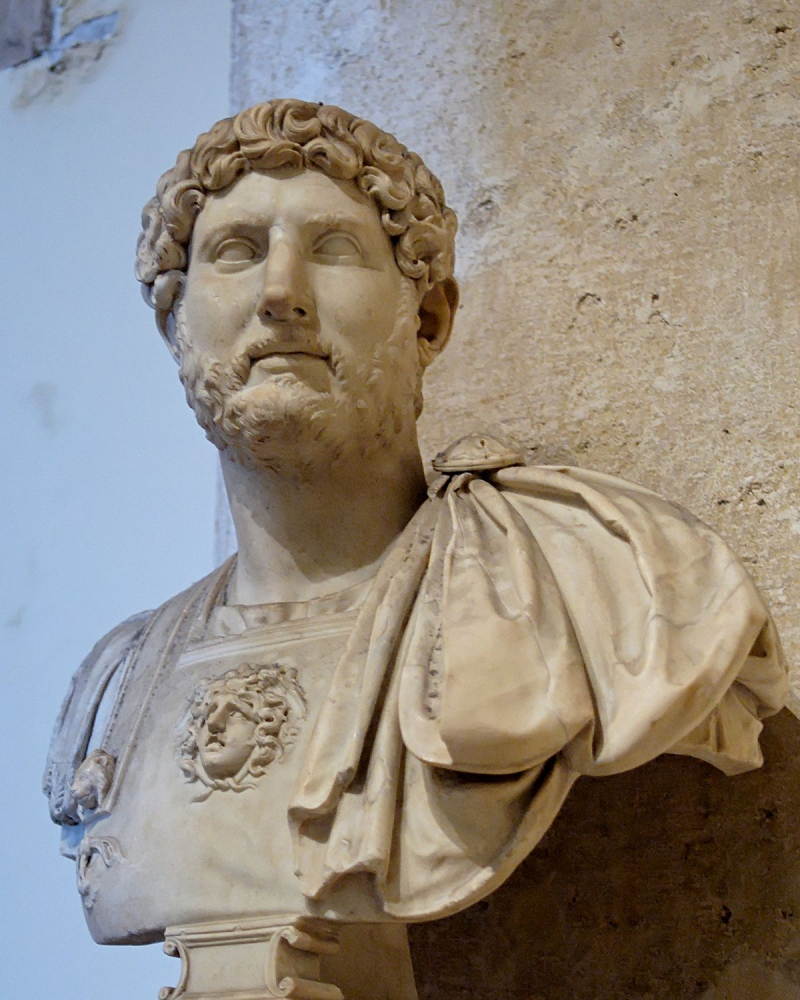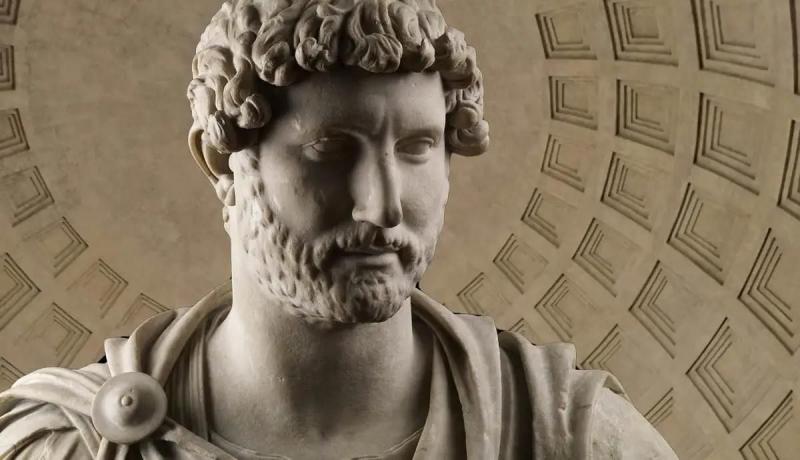Hadrian

Hadrian, who reigned from 117 to 138 AD, was born to an Italian family as Publius Aelius Hadrianus. Even though Trajan, his predecessor, never declared him to be his successor in writing, Trajan's widow made the announcement moments before her husband passed away.
Because of his capacity to protect Rome and its frontiers and the exceptional technical skill he exhibited while doing so, Publius Aelius Hadrianus is regarded as one of Rome's most important emperors. To establish ties with the people on a provincial level, Hadrian traveled to almost every province throughout his reign. He was a well-known enthusiast of Greece and wanted to restore Greek architecture to its former splendor. He erected the Venus and Roma Temple and the Pantheon again. He directed the building of the 73-mile-long defensive fort known as Hadrian's Wall, part of which is still standing and is regarded as a symbol of British culture. He also departs from the Pantheon, whose ground-breaking use of concrete in the form of geometric forms changed architecture.
Hadrian spent a significant portion of his reign with the military, dressing in uniform and occasionally having meals, and sleeping with the troops. His main issue was keeping the troops aware and attentive, therefore he occasionally raised false alarms to assess the readiness of his army's training, drills, and crisis response. Except for the Second Roman-Jewish War, which he handled very deftly, his reign was characterized by a general absence of significant battles, despite his reputation as an effective military administrator.
Lifespan: January 76 AD - 10 July, 138 AD











